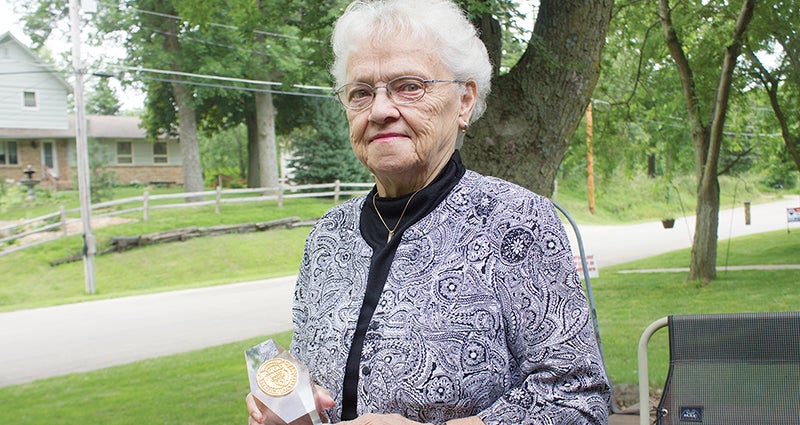DNR renews efforts to reverse pheasant decline
Published 10:29 am Thursday, August 20, 2015
By Matt Sepic
MPR.org/90.1 FM
Pheasants in Minnesota are on the decline — and the state Department of Natural Resources wants to reverse the trend.
Hunting the bird is among Minnesota’s oldest traditions, but a loss of pheasant nesting ground has led to a population decline. To reverse the downturn, the DNR is expanding a program that will preserve more private land for both wildlife habitat and public hunting.
Like many avid pheasant hunters, Mick Siems, 51, has been involved in the sport since he was a kid. Over the last 40 years he’s seen ups and downs in the pheasant population. But Siems — who’s president of the Fergus Falls Fish & Game Club — said that, in the past few years, things have definitely been down.
“There’ve been fewer birds,” he said. “You go into what looks to be really good quality land and you walk around for a couple hours and you might kick up half a dozen birds or so, where not that many years ago, it would have been a dozen or more.”
Data from the DNR explain Siems’ frustrations. In 2007, hunters in Minnesota bagged more than 655,000 birds, the largest number in decades. In 2013, the harvest was 169,000 — a 74 percent drop. Last year saw only a slight improvement.
Siems says an expansion of the DNR’s Walk-In Access program offers some hope for better hunting once again. This week, the U.S. Department of Agriculture announced a three-year, $1.67 million grant to increase by at least 35 percent the amount of private land in Minnesota available for public hunting.
Walk-In Access began in 2011. In the program, the DNR pays landowners up to $13 an acre to make their land available for hunting. Hunters don’t need special permission from the landowner to use the land, but they do have to pay $3 on top of their usual license fee — and they have to walk in. Driving vehicles on the private land is prohibited.
Greg Hoch supervises the DNR’s prairie habitat team. The new USDA grant, he said, means the state can pay landowners for public hunting access on at least 8,000 additional acres beyond the 22,800 already enrolled in the walk-in program.



